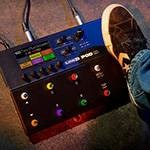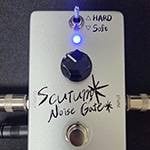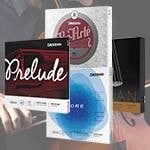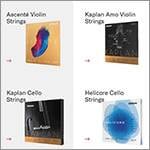Do you like jazz music? Thrilling beats and amazing improvisations make jazz a prominent genre of music. In this edition, I’m going to continue focusing on the history of jazz music.
Starting with Charlie Parker and a number of top-notch musicians such as Dizzy Gillespie, Buddy Rich, Sonny Rollins, and Bud Powell were active in the bebop era. Bebop is said to be established around 1940, but of course the evolution of modern jazz did not end. Just as hard rock was born from folk rock, jazz has undergone a variety of evolutions. Chord-based bebop was the mainstream around the 1950’s, and then contrasting melody-based modal jazz was born. My favorite musician Bill Evans was an active musician from that time period.
In the 1960’s, the jazz great Miles Davis created a new style called, “mainstream post-bop”, which was like a fusion of bebop and modal jazz. Mainstream post-bop is more like modal jazz music, but it shows a little different aspect. Now, let’s listen to some tunes ranging from post-bop to modern jazz music!
■ Seven Steps to Heaven / Miles Davis [Seven Steps to Heaven (1963)]
I will never forget the feeling when I first heard it. It shocked me to the point where an electric current ran through my body. I also recommend “So Near, So Far” from the same album. It was recorded with the pianist Herbie Hancock and the bassist Ron Carter. They lead jazz music later. It can be said this is a legendary recording by the golden members. The rests between the notes gradually creates an uplifting mood from the intro…, it’s just perfect from every element.
■ Maiden Voyage / Herbie Hancock [Maiden Voyage (1965)]
This one comes up as a standard and famous tune by Herbie Hancock together with “Watermelon Man” and “Chameleon”. The relaxed rhythm and melody in the composition is like a yacht running in the ocean, as it’s described in the title. Another remarkable point is the slash chords that are used a lot to give a floating feeling.
■ Continuum / Jaco Pastorius [Jaco Pastorius (1976)]
This one is not so popular, but it’s from the solo album by the genius bassist Jaco Pastorius of Weather Report. If Scott LaFaro was the one who shed light on the acoustic bass, then it would be Jaco who brought the electric bass to a new level. Listening to this one will leave you feeling like you’re being wrapped in a soft sound created by a fretless bass. Maybe you can try listening to it before you fall asleep?
■ Bright Size Life / Pat Metheny [Bright Size Life (1976)]
Along with Jaco Pastorius, don’t forget to list the master of fusion, Pat Metheny. It’s so surprising that “Bright Size Life” is from Metheny’s debut album. The beautiful and sad melody along with the feeling of being overawed by the world of timbre are unique to his work. “Last Train Home” is also a well-known tune of his, but I bet you can feel the different levels of sadness between the two pieces.
■ Goldwrap / E.S.T. [Tuesday Wonderland (2006)]
This is my favorite tune by Swedish piano trio the Esbjörn Svensson Trio (E.S.T.). The dignified piano melody rides the four-on-the-floor rhythm in elegant style. In particular, the fact that the sound has a phaser-like effect is different from classic modern jazz. Scandinavian jazz has a lot of experimental music like this, so if you like this genre, you might want to give other bands a good listen, too.
■ Strasbourg/St. Denis / Roy Hargrove [earfood (2008)]
This last one is Roy Hargrove’s masterpiece “Strasbourg / St. Denis”. It is composed of very simple chords, and you can hear the influence of hip hop. For this reason, this piece is not limited to only jazz jam sessions, but it can also be performed as a closing in soul music sessions. If you want to do a session or an improvisation, it may be a good idea to refer to this tune.
Here is a list of the 6 tunes I have mentioned so far. I hope at least one of these leaves a lasting impression on you.
So, a good environment is important when listening to good music. Here are some items to help you upgrade your listening environment at home!
AURALEX/ Home Office Kit
Does the echo in the corners of the room make some metallic sounds? Using sound absorbing foam is one way to solve this problem. Sound absorbers are materials that soak up and diffuse the sound, and reduce the resonance and reverberation.
Sound absorbing foams are designed to be put on the wall of the room, but you may be thinking about your interior aesthetic. Among many sound absorbing products, AURALEX has a wide lineup of items with sleek designs that will look great with home decor. This Home Office Kit is a set of tile-like shaped sound absorbing foams, and you can install them when you redecorate your room. They look great not only when they are arranged in straight lines, but they can also be arranged to make a large rhombus. This kit is available in 5 combinations of colors (charcoal/burgundy/purple/charcoal + burgundy/charcoal + purple).
The sound absorbing foam in the Home Office Kit is called the SonoFlat which is also available in smaller units, so you can just keep adding as many panels as you need! The Home Office Kit includes 40 panels and the SonoFlat includes 14 panels!
AURALEX /SonoFlat 2
Place an isolation pad under the speaker to absorb vibrations transfer to the desk. Come check this out, too!
AURALEX/MoPAD
It’s interesting to combine and arrange multiple acoustic materials. In addition to listening, it can be useful for other purposes such as blocking out excess noise when working from home and making for a stylish background when streaming. Please enjoy creating your new wonderful music environment!
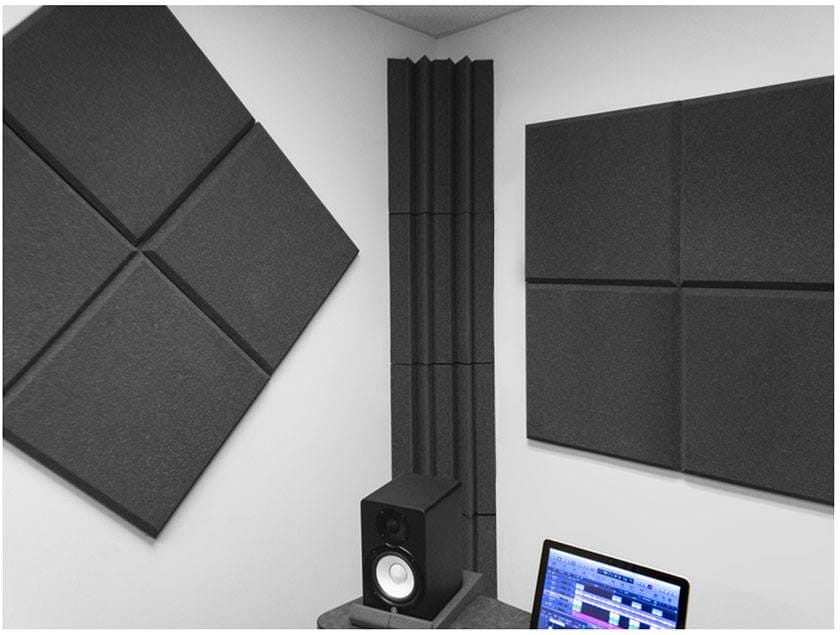
画像例: SonoFlat, MoPAD, LENRD Bass Traps





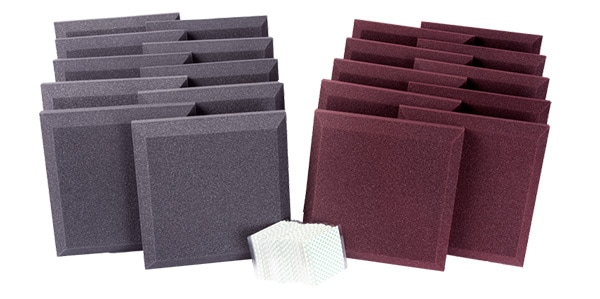
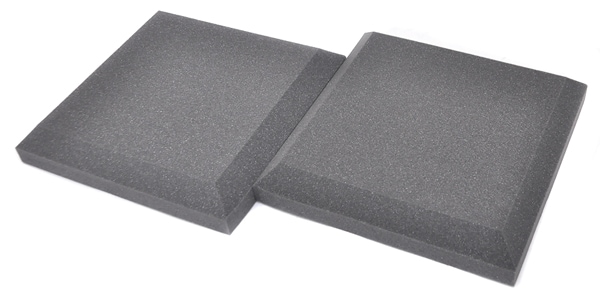
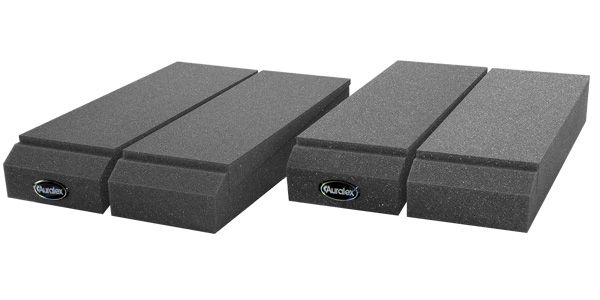












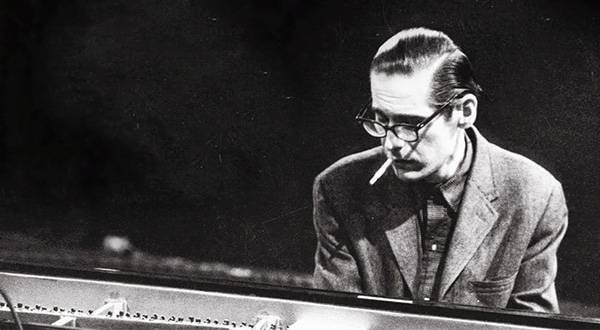
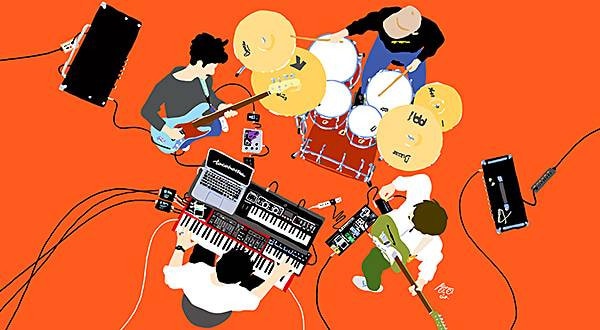

 ライブ配信に必要な機材
ライブ配信に必要な機材
 バンドあるある相談
バンドあるある相談
 サウンドハウス社員が選ぶ 『おもしろ商品』はコレだ!
サウンドハウス社員が選ぶ 『おもしろ商品』はコレだ!
 ○○やってみた!
○○やってみた!
 最新コラム&動画をCheck!! OTOYA通信
最新コラム&動画をCheck!! OTOYA通信
 サウンドハウス虎の巻 !
サウンドハウス虎の巻 !
